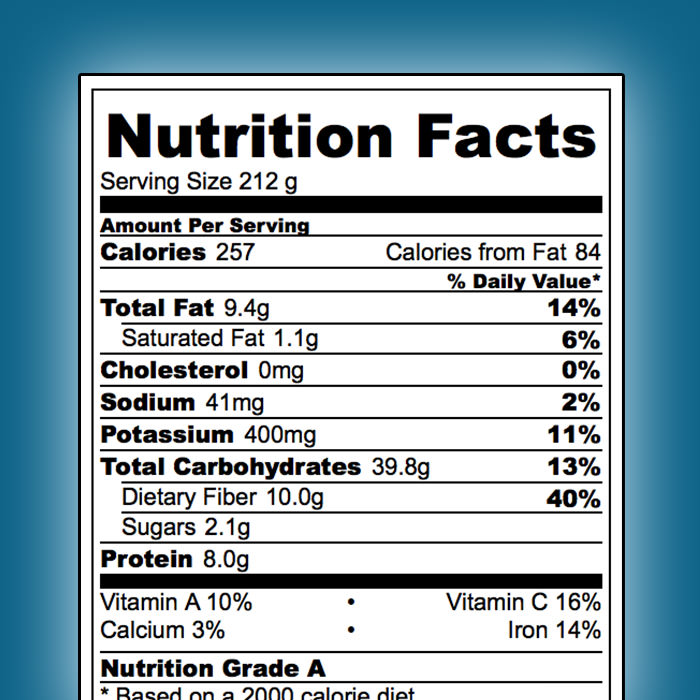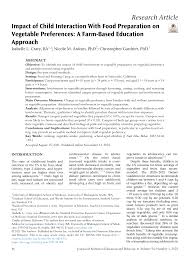
A detailed description of food environments is essential for climate action and healthy eating. This will help identify entry points for improving diets and reducing climate risk. It will be possible to use metrics and tools to inform policy makers by providing a detailed description of the food environment. This article highlights key components that make up a healthy environment for food. It's not about assessing the pollution level or the quality of the food available. It must also include strategies to improve diets and overall health on the planet.
The food environment can include both built and natural settings. Both types of environment are classified according their complexity. In rural areas of LMICs, informal markets are more common than those in urban areas. The availability of markets and access to healthy foods influence the choice of foods and influence health and nutrition. Formal food markets can be found in urban environments. If the environment is well designed, it can encourage customers to choose healthier food. It is not enough to have a healthy lifestyle. To encourage consumption of healthier foods, it must also provide opportunities for food-related activities.

An understanding of the food system and its interactions is key to better understanding the food environment. To create healthy eating habits, it is important to understand the structure of the food system. The environment can have a significant impact on the food that people eat. Additionally, food environments for children and adults are different. Despite these differences, healthy food and unhealthy food are mostly the same in the body. Therefore, a healthy food environment is essential for a healthy diet.
It is essential to analyze all elements of the environment before you can create one. The food environment is complex and vast. A food environment is made up of many elements, including affordability, promotion, quality, and accessibility. Every place will have a different food culture. The type of diet and socioeconomic standing will impact the dietary outcomes. But, these environments can help to prevent obesity and improve the overall health of those who live in them.
For the good of human health, a healthy food environment is vital. Its components impact on the health of people who live in a certain country. They influence the nutritional quality of foods and their diet. Poorer populations are at higher risk for obesity because of the poor food environment. A better food environment is needed and should be included in a public/private partnership. It should also be transparent and easily accessible for people of all cultures.

The food environment is a crucial component of a healthy diet. Food environment changes can impact how much people eat and where they eat. Healthy eating is dependent on the environment in which food is prepared at work, school, and restaurants. The food environment also influences individual choices. Most common foods are not found in the neighborhood. They should not limit their choices to the city.
FAQ
Can I eat the fruits of my intermittent fasting diet?
Fruits are great for your health. They are rich sources of vitamins, minerals. Fiber, antioxidants, as well other nutrients. However, they do contain sugar which can cause blood glucose levels spike. This can lead insulin resistance and weight increase. When you are trying to lose weight on an IF diet, make sure you eat low glycemic fruit such as apples, pears or berries.
What Can You Lose in One Week?
The amount of weight that you can lose will depend on how high your body fat percentage is. To begin, you need to determine how much weight that you would like to lose. Next, find your BMI (Body Mass Index). Your BMI (Body Mass Index) tells you how much weight should be lost to reach your goal. If your BMI is 25 or greater, you're overweight. If your BMI is more than 30, you are obese.
If you are 200 lbs, your BMI will be 28.7. This would mean that you'd have to lose about 70 pounds in order to reach a healthy weight. To see if you're overweight, visit www.healthyminds.com/bmi/.
You can calculate the number of pounds you'll lose each week by knowing your BMI.
(Your Goal Weight - Current Weight)/BMI * 7 Number Of Pounds Lost Per Week
To lose 50lbs in a month you will need 2 weeks worth of exercise. This equals 56 days. Then, divide that by 7 pound per day. This works out at 8.3 pounds per week.
You could also try this calculator from www.weightlosscalculator.net. It will give you an approximate estimate of the calories you need to lose 1 pound each week.
What amount of exercise is necessary to lose weight?
Many factors influence how much exercise is needed to lose weight, such as age, gender, body size, and weight. Most people need to exercise at least 30 minutes five days a weeks.
The American College of Sports Medicine recommends that you do 150 minutes of moderate intensity aerobic activity per week. This should be spread over three days.
You can lose 10 pounds by doing 300 minutes of moderate-intensity exercises each week, for example. This includes activities such as brisk walking, swimming laps, biking, dancing, playing tennis, golfing, hiking, jogging, running, and other similar activities.
For those just starting out, you might consider 20 minutes of vigorous activity every other week. This could be lifting weights, sprinting, jumping rope, and fast walking.
Aerobic exercise also helps burn calories and build muscle mass. Muscle burns more calories per calorie than fat. You may be able to achieve your goal quicker by building muscle and losing fat.
Statistics
- A 12-week study in 20 women with obesity found that walking for 50–70 minutes 3 times per week reduced body fat and waist circumference by an average of 1.5% and 1.1 inches (2.8 cm), respectively (healthline.com)
- Among women, the increase in metabolic rate was nearly 4%, or 50 more calories per day (14Trusted Source (healthline.com)
- One study in 9 active men found that HIIT burned 25–30% more calories per minute than other types of exercises, including weight training, cycling, and running on a treadmill (18Trusted Source (healthline.com)
- According to Harvard Health, it's estimated that a 155-pound (70-kg) person burns around 167 calories per 30 minutes of walking at a moderate pace of 4 mph (6.4 km/h) (5). (healthline.com)
External Links
How To
How to lose weight quickly
There are many quick ways to lose weight. Many people find them ineffective, and even unsustainable. It is best to exercise and lose weight quickly through diet. Your daily calories should be less than your daily intake. This means you should eat less calories than your body burns during normal activities. If you want to lose weight fast, you must reduce your calorie intake.
You should avoid foods that contain large amounts of fat and sugar since they increase your appetite. Aim to drink plenty water each day. This will keep you hydrated as well as your metabolism humming along. These three ingredients can be combined to produce faster results than you could ever imagine.